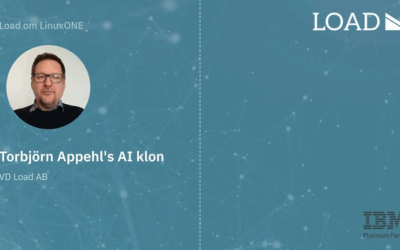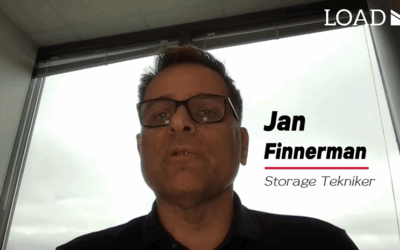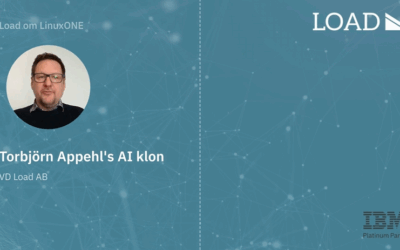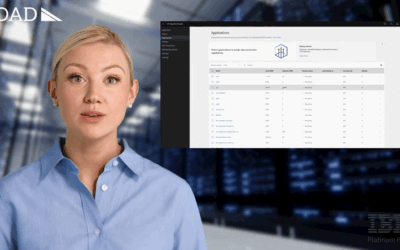Companies are under increasing pressure to deliver more IT power with fewer resources. At the same time, demands for security, availability, and energy efficiency are increasing – and the cost of downtime can be measured in millions.
For many businesses, the question is no longer whether to modernize their infrastructure, but how they can do it with the greatest impact on the bottom line.
A new economic analysis from Enterprise Strategy Group (2025) shows that companies running their business-critical applications on IBM Power instead of traditional x86 servers can lower their total IT costs (TCO) by up to 62% while achieving up to 332% return on investment (ROI) over three years.
1️⃣ Lower TCO – up to 62% Savings
IBM Power consolidates workloads that would otherwise require an entire rack of x86 servers.
In tested scenarios, a single Power server could replace up to twelve traditional servers while delivering higher performance.
This means lower hardware and licensing costs, fewer servers to maintain, lower power consumption, and a smaller climate footprint.
- Oracle environment: 24% lower TCO
- OpenShift environment: 62% lower TCO
- SAP HANA: 10% lower TCO, but 62.5% fewer cores and thus lower licensing and energy costs
Overall, the analysis showed that the Power platform delivers up to $1.1 million in savings over three years in medium-sized environments and up to $1.5 million in large SAP HANA environments.
2️⃣ Downtime Costs – Power Eliminates Them
When business systems are down, business stops.
According to ESG’s calculations, the cost of downtime can range from $200,000 to $3 million per hour depending on the industry.
IBM Power delivers an average of 99.9999% availability – equivalent to 31 seconds of downtime per year.
The most reliable x86 systems, in comparison, reach about 4 minutes, while standard servers typically experience up to 1–2 hours of downtime over three years.
This means up to $3 million in avoided downtime costs over three years for large environments.
“We haven’t had any unplanned outages in eight years.”
— IBM Power customer interviewed in the ESG report
3️⃣ more Efficient Licenses and Operation
IBM Power’s high performance per core means fewer licenses and lower costs.
For example, for Oracle databases, ESG customers reported $188,000 in licensing savings over three years, and in OpenShift environments $1.44 million thanks to fewer cores needed for the same workload.
In addition, the Power platform can handle larger environments with less staff.
One company in the study was able to reduce the need for IT staff by 50% and spend 5× less time on operation and maintenance.
4️⃣ Energy Efficiency and Sustainability
IBM Power is not only faster – it is also more energy efficient.
Power10 servers consume up to 64% less energy than Power8 and over 50% less than corresponding x86 platforms.
Customers in the ESG report reported 20% lower energy consumption and halved data center space after migrating to Power10.
5️⃣ Return on Investment
When weighing all factors – reduced hardware, fewer licenses, less energy, and fewer outages – the ESG analysis shows that companies investing in IBM Power can achieve up to 332% ROI in three years.
| Scenario | TCO savings | Avoided downtime | ROI |
|---|---|---|---|
| Oracle (small environment) | $185,000 | $77,500 | 44 % |
| OpenShift (medium) | $1.1 M | $1.2 M | 332 % |
| SAP HANA (large) | $1.5 M | $3.0 M | 33 % |
Summary
IBM Power is no longer just about performance.
It’s about economics, operational reliability, and sustainability – three areas where many companies today struggle with increased costs and reduced control.
With IBM Power, businesses can:
- Consolidate servers and lower TCO by up to 62%
- Avoid downtime and save millions in lost uptime
- Reduce energy consumption and climate impact
- Get up to 332% return on investment in three years
“Peace of mind from knowing that our business-critical applications are always running on Power is invaluable. No outages, no disruptions – it just works.”
— IBM Power customer











